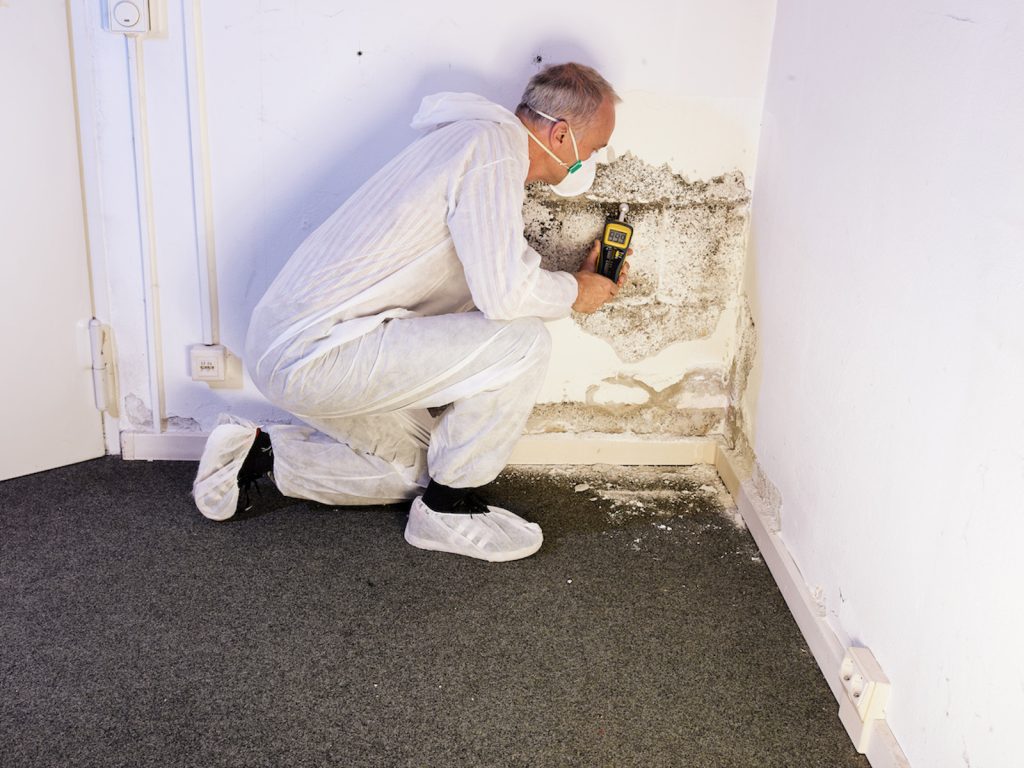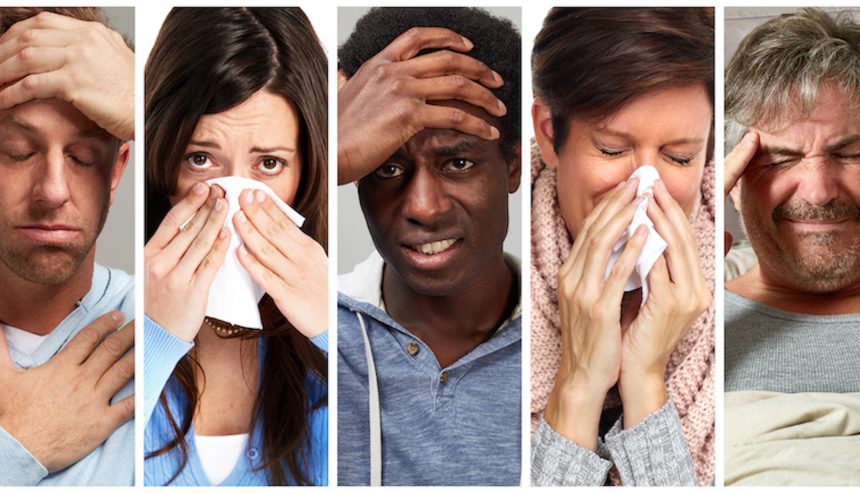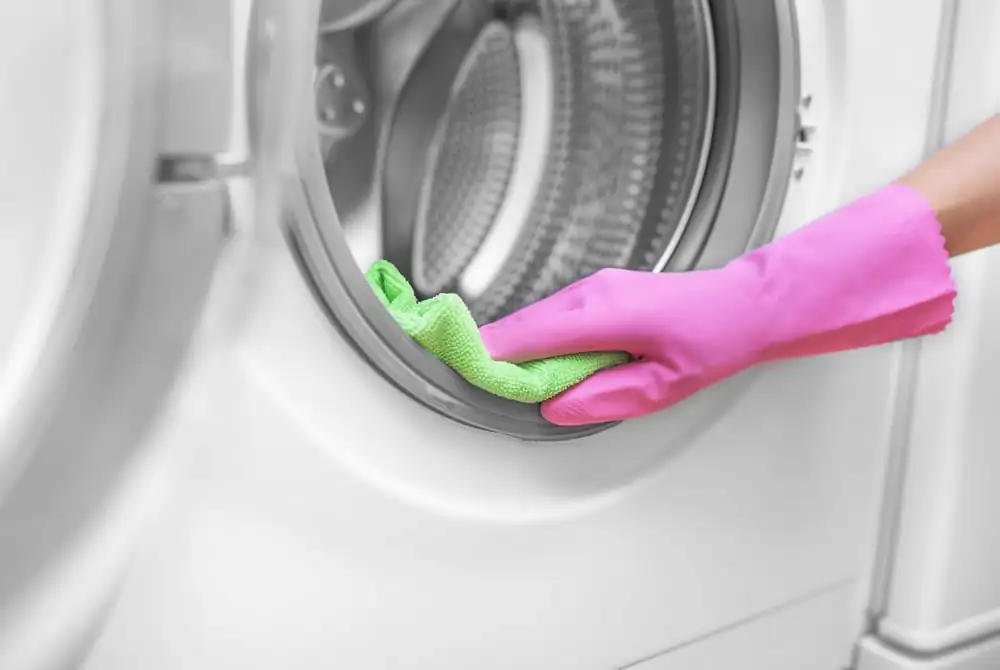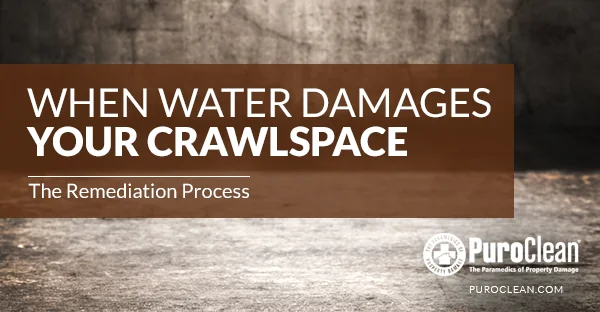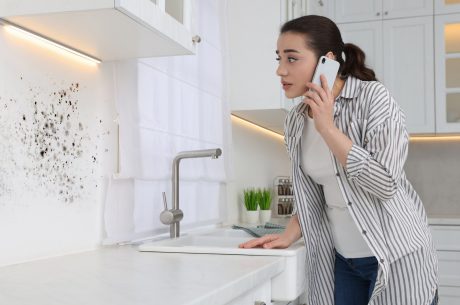Mold can have a detrimental effect on your home and health. The symptoms of mold exposure will vary from person to person, depending on the level of mold toxicity and the source of the contamination. It’s important to identify the most common indicators and symptoms of mold pollution in order to respond appropriately. If you believe that you or someone in your family has been exposed to mold, taking immediate action is required, and seeking medical attention may be necessary. In this blog, we will discuss what mold is, how/why it grows, and some common symptoms that may indicate mold exposure.
What is Mold Growth?
Mold is a type of fungus that thrives in warm, damp environments, whether indoors or outdoors. Airborne mold spores latch onto surfaces and multiply when there’s moisture from leaky plumbing or air conditioner units; or condensation from cold surfaces, such as windows and doors. Wood materials can also harbor mold when they’ve been saturated for a long time and not dried completely. When there’s water damage or moisture present, mold will naturally reproduce and therefore could cause a person to experience symptoms.
Mold infestation can be difficult to detect in its early stages because it is not always visible. Higher levels of mold infestation can cause noticeable discoloration of walls and ceilings, support beams, and sheetrock. These signs indicate active household growth.
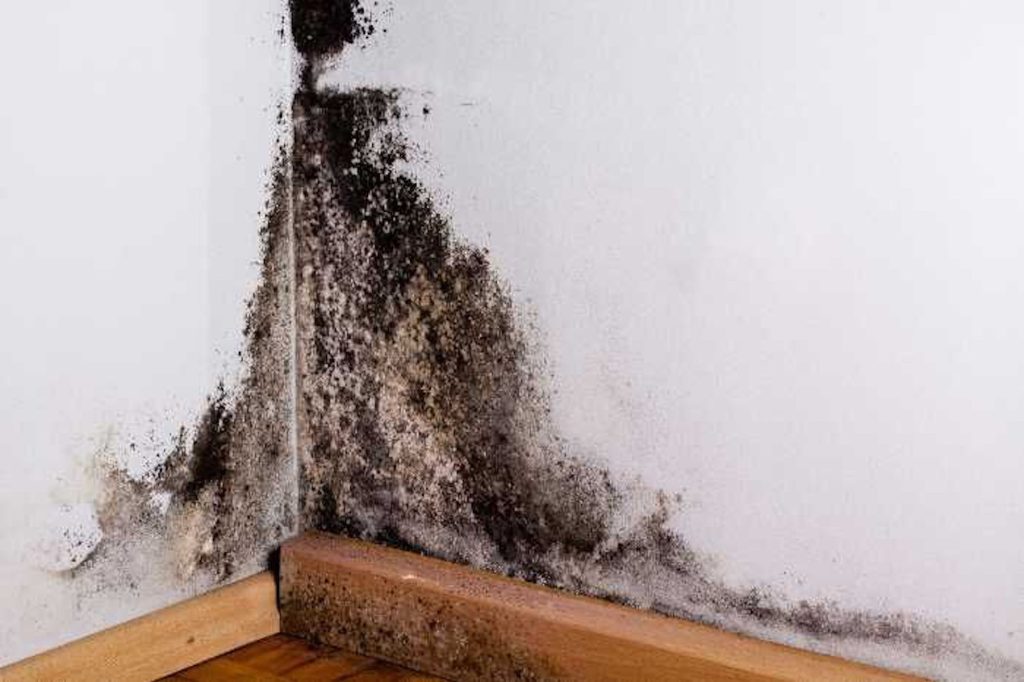
Although you might not see the source, there could still be a water leak or standing water, which can only be detected by the musty odors it emits. There is no single fool-proof test to determine whether mold is present in your home, so keep track of symptoms to help confirm a diagnosis since some health effects are initially similar to allergic reactions.
If you think you have a mold problem in your home, take safety precautions. Wear proper Personal Protective Equipment (PPE), including gloves, goggle/eye protection, and N-95 masks when near the suspected mold. It’s recommended that you reach out to a professional mold remediation company. PuroClean has the proper equipment and knowledge to locate the source of the mold and take proper steps to ensure its removal.
How Does Mold Impact You?
Mold can be transmitted in a variety of ways, though most commonly through the respiration of tiny spores or fragments of the fungus. Exposure depends mostly on the quantity of mold in the air, which is determined by several factors, including moisture levels and spore size. Once someone has been exposed to mold, they can experience anything from severe symptoms to nothing at all.
Toxic mold exposure can affect everyone, but certain people are more susceptible than others. People with weakened immune systems (seniors, small children, people undergoing cancer treatment, or transplant patients), individuals with chronic respiratory conditions like asthma, allergies, or COPD, and anyone in close proximity to an outdoor fungal spore release (i.e., spraying of pesticides) are at an increased risk for more severe symptoms and mold-related illnesses. It’s even possible for someone who is not sensitive to mold specifically to be affected.
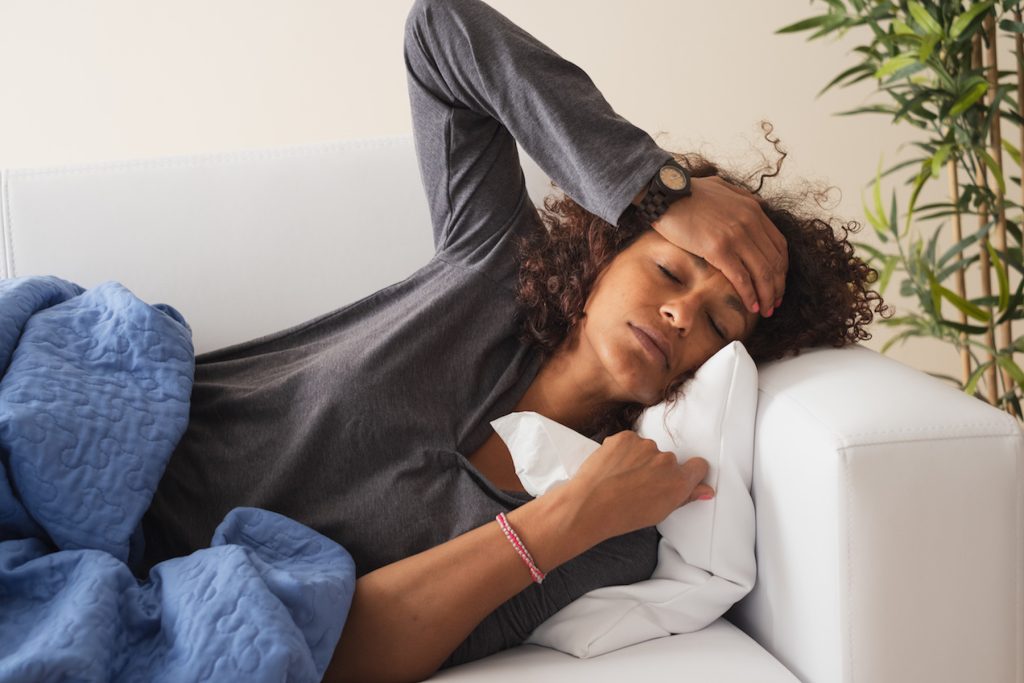
10 Most Common Symptoms of Mold Exposure
Mold allergy symptoms can manifest differently depending on exposure level and the individual’s immune system. These symptoms can range from mild to severe. Common signs and symptoms associated with mold exposure include:
- Respiratory problems such as a cough, difficulty breathing, wheezing or shortness of breath. Long-term, untreated exposure can lead to chronic respiratory disease.
- Allergy-like reactions, which can produce mild to severe allergic reactions, including rashes on the skin, hives, itching eyes, runny nose, or sneezing. Mold allergies can feel like regular seasonal allergies, except they occur over an extended period of time.
- Headaches or migraines that occur suddenly or are unusual in severity.
- Memory loss, forgetfulness, or confusion.
- Skin rash with severe itching, hives, or raised bumps.
- Eye irritation such as watery eyes, redness, and blurred vision.
- Fatigue.
- Aches and joint pain.
- Nausea.
- Ear infections.
People have reported experiencing these symptoms after water damage occurred in homes where the damage was not quickly or properly restored, resulting in a mold infestation. Homes that are built on or near certain types of soil may be at risk of indoor mold growth. The most common areas where fungus typically grows indoors are places with high moisture levels, such as bathrooms and kitchens, poorly ventilated rooms, areas of indoor water damage or leaks, basements with high humidity, or damp crawl spaces.
How to Treat Mold Exposure Symptoms
If you have been exposed to toxic mold at home or work, medical treatment is available for your specific symptoms. Discuss your health options with your primary care physician.If you notice mild symptoms such as sneezing, running nose, or itchy, irritated skin after being indoors for a period of time, try opening your windows to increase ventilation. Add an exhaust fan to help circulate the air. Seek immediate medical attention for breathing problems or eye exposure. Closely monitor your progress and contact your doctor regularly. If the condition worsens or you develop new symptoms after beginning treatment for mold exposure or fungal infections, contact your physician right away.
Don’t Hesitate – Call PuroClean for Safe and Effective Mold Remediation!
Once all immediate health concerns are addressed, contact PuroClean. We can remediate the situation and take action to eradicate mold growth safely. Do not attempt to clean or remove mold yourself, since it can exacerbate symptoms and mold spores can be scattered into the air and vents during cleanup efforts. Mold (and especially black mold) exposure can be dangerous for your home and for your health.
Click here to learn more about long-term health considerations of black mold for pets and children.
If you are experiencing unusual or prolonged allergic symptoms or any of the other symptoms discussed in this blog, you may have mold poisoning. It’s critical that you reach out to professionals to eliminate the mold problem and recreate a safe indoor environment for you and your family. Our technicians can be reached 24/7 for your mold remediation needs. Visit our website or call (800) 775-7876 to connect with your local PuroClean team today!
